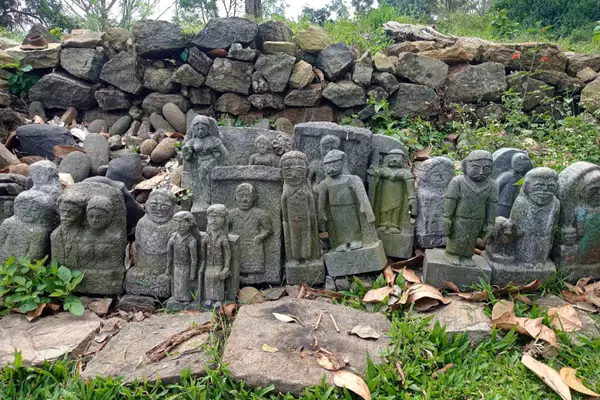The Irula community in Tamil Nadu, known for supplying 80% of India’s anti-snake venom, faces economic and operational challenges despite recent recognition.
About the Irula Community:
- Location: Predominantly in the Nilgiris region of Tamil Nadu, with some populations in Karnataka and Kerala.
- Cultural Practices: Emphasis on ancestor worship, they are recognized as a Particularly Vulnerable Tribal Group (PVTG).
- Ethnic Background: Considered one of the oldest tribal communities in India, belonging to the Negrito race, believed to have migrated from Africa.
- Language: Speak Irula, which is written in Tamil script.
Role in Public Health:
- Contribution to Anti-Snake Venom: The community supplies nearly 80% of the venom used for antidotes in India, critical for treating snakebite victims.
- Venom Extraction: Conducted through the Irula Snake Catchers’ Industrial Cooperative Society, operational for 46 years.
Economic Challenges:
- Income Levels: Members earn approximately ₹2,000 to ₹4,000 per month, often supplemented by seasonal work.
- Traditional Methods: The community uses outdated venom extraction techniques, which are now facing scrutiny from scientific bodies.
- Quality Issues: Recent analyses revealed impurities in the extracted venom, raising concerns about the efficacy of their products.
Hurdles in Venom Extraction:
- Shifts in Demand: Increasing demand for region-specific venom and advancements in anti-snake venom production put pressure on traditional methods.
- Regulatory Challenges: The Wildlife (Protection) Amendment Act of 2022 prohibits the captivity of snakes, complicating the extraction process.
- Hostility from Authorities: Encounters with forest departments limit their ability to operate effectively and access necessary resources.
Health Implications:
- Snakebite Statistics: India reports over 50,000 snakebite deaths annually, predominantly affecting rural farmers and labourers.
- WHO Initiatives: The World Health Organization is funding initiatives to reduce snakebite mortality by 50% by 2030, but the Irula community has yet to benefit from these plans.
Ref: Source
| UPSC IAS Preparation Resources | |
| Current Affairs Analysis | Topperspedia |
| GS Shots | Simply Explained |
| Daily Flash Cards | Daily Quiz |
Frequently Asked Question:
Where is the Irula community primarily located?
The Irula community is predominantly located in the Nilgiris region of Tamil Nadu, with populations in Karnataka and Kerala.
What is the Irula community’s role in public health?
The Irula community supplies nearly 80% of the venom used in India’s anti-snake venom production, which is vital for treating snakebite victims.
What economic challenges do the Irula community face?
The Irula community faces low income, outdated venom extraction methods, and scrutiny regarding the quality of their venom products.
How does the Wildlife Protection Act impact the Irula community’s work?
The Wildlife (Protection) Amendment Act of 2022 prohibits snake captivity, complicating the venom extraction process for the Irula community.
What are the health implications of snakebites in India?
India reports over 50,000 snakebite deaths annually, mostly affecting rural farmers and labourers, with anti-venom production playing a crucial role in treatment.



